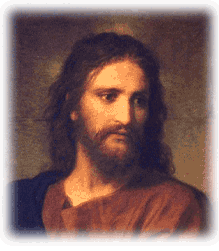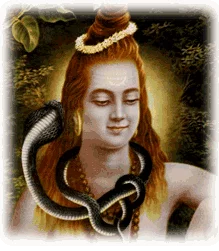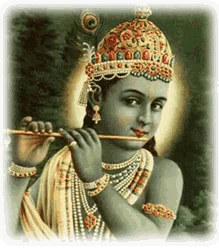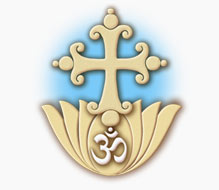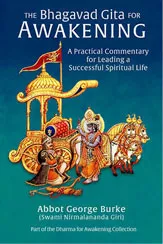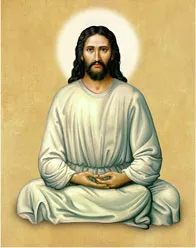Past Life Recall: Is It a Good or a Bad Idea?
Q: Can someone today have had “no” past lives? Could this be the start of lives? We have many, many reincarnations in lower life forms before we ever reach human form. (See Robe of Light.) By the time we are (primitive) human beings we have … Continue reading
God or Godzilla?
The following is taken from a condemnatory review of The Gospel of Thomas for Awakening that was posted on the Amazon page where it can be ordered. It is extremely revealing about the attitude toward and the concept of God held by the reviewer–and most … Continue reading
Did Jesus Really “Pay the Price” for Our Sins?
Follow-up questions and answers to How Karmic Debt is Used by Great Masters Such as Jesus Q: Did Jesus Christ actually “absorb and cancel” the karmic debt of the world’s people and all sentient beings for all past present and future offenses? No, he did not. For … Continue reading
Unique Spiritual Podcasts at Your Fingertips
It has now been two years since Abbot George began making podcasts on spiritual life available for our readers. We continually add new ones and now offer 38 podcasts on all different aspects of spirituality. We’re now approaching 100,000 downloads/listens! We recently updated and improved our … Continue reading
How Karmic Debt is Used by Great Masters Such as Jesus
To someone who asked how Jesus could have a personal karmic debt requiring the crucifixion for its expiation if he had become Christ and was in total conscious union with the Absolute. This was part of the Great Sacrifice made by Jesus. Definitely he had … Continue reading
The Important Need for “Reincarnational Health”
Q: I want to ask you if you know how one can communicate with family members that have passed on, and if you can offer any pointers in that direction. It is very important–necessary, actually–that after a certain time in earthly incarnation the human being … Continue reading

